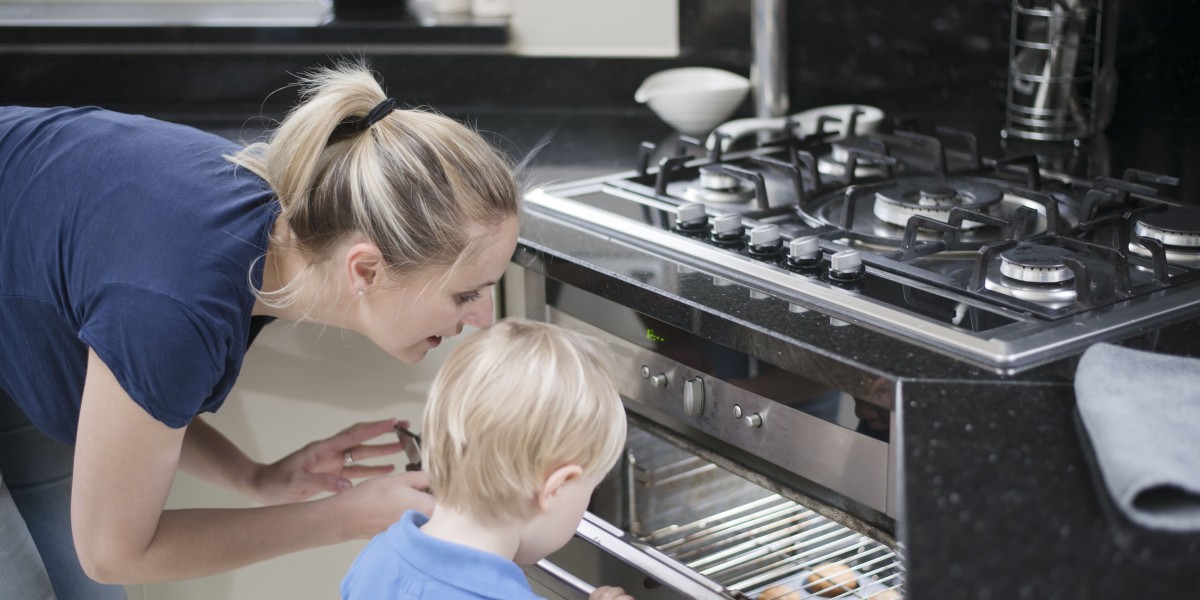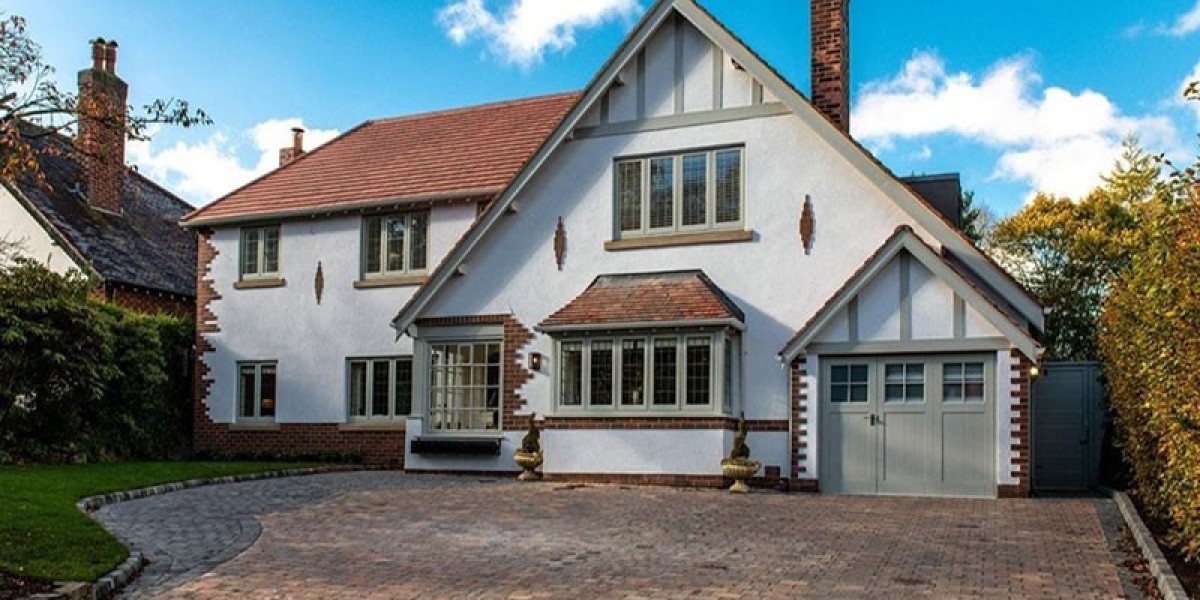The Ultimate Guide to Built-in Ovens: Enhancing Your Kitchen Experience
Built-in ovens have actually ended up being a popular option in modern kitchens, using a mix of functionality, design, and benefit. Unlike traditional freestanding ovens, built-in ovens are integrated seamlessly into kitchen cabinetry, providing a structured look that can boost the aesthetic appeal of any kitchen. This article explores the different kinds of built-in ovens, their benefits, setup factors to consider, and upkeep pointers.

Understanding Built-in Ovens
Built-in ovens are developed to be installed directly into kitchen cabinets, enabling a more tailored kitchen setup. They normally can be found in 2 main types: single and double ovens.
Types of Built-in Ovens
Single Ovens: These systems provide one cooking compartment, suitable for smaller sized cooking areas or homes where cooking needs are modest.
Double Ovens: As the name suggests, these systems feature 2 different cooking compartments, enabling users to cook numerous dishes at various temperatures concurrently. This is particularly helpful for large families or those who often entertain guests.
Steam Ovens: These ovens cook food using steam, which can help keep wetness and nutrients. Steam ovens are acquiring appeal due to their health benefits.
Combination Ovens: These flexible appliances combine the functions of a routine oven and a microwave, making them ideal for quick cooking and reheating.
Secret Features to Look For
When thinking about a built-in oven, there are numerous functions that can improve your cooking experience:
Smart Technology: Many modern built-in ovens come equipped with clever technology, allowing users to manage their oven from another location by means of mobile phone apps. Features consist of preheating the oven, changing cooking times, and keeping an eye on cooking development.
Self-Cleaning Functions: Built-in ovens with self-cleaning abilities can save time and effort in kitchen upkeep.
Convection Heating: This function distributes hot air for even cooking, making it ideal for baking.
Safety Features: Look for models geared up with functions like cool-to-the-touch oven doors and automatic shut-off alternatives for added safety.
Advantages of Built-in Ovens
Aesthetic Appeal: Built-in ovens offer a streamlined and contemporary look that can enhance the overall style of a kitchen. They can be integrated into kitchen cabinetry, making them less intrusive than freestanding models.
Space Efficiency: Haden 60cm Electric Built-In Oven with Fan Assist ovens enhance kitchen area, especially in smaller kitchen areas where every inch counts. They can be put at eye level, making it much easier to keep track of cooking without flexing down.
Improved Functionality: With their advanced features, built-in ovens use improved cooking experiences and increased performance compared to conventional ovens.
Setup Considerations
Setting up a built-in oven needs careful planning and factor to consider. Here are some bottom lines to bear in mind:
Space Requirements: Ensure that the selected oven fits snugly into the readily available cabinet space. Procedure the dimensions accurately, representing ventilation and clearance requirements.
Electrical Requirements: Built-in ovens normally require a dedicated electrical circuit. Speak with an electrical expert for appropriate setup.
Ventilation: Proper ventilation is essential for optimum oven performance. Confirm that the setup location has appropriate ventilation to prevent overheating and ensure safe operation.
Professional Installation: While DIY setup may seem appealing, employing the aid of a specialist can guarantee that the oven is installed properly and safely.
Setup Steps
| Setup Step | Description |
|---|---|
| Action 1: Measure | Measure the cabinet opening for your oven. |
| Step 2: Prepare | Prepare the electrical outlet and ventilation options. |
| Step 3: Connect | Connect the oven to power, guaranteeing all security steps are complied with. |
| Step 4: Secure | Secure the oven within the kitchen cabinetry, utilizing suitable screws and brackets. |
| Step 5: Test | Run a test to guarantee the oven is operating appropriately. |
Upkeep Tips
Routine maintenance can extend the life of your built-in oven and guarantee optimal efficiency. Here are some upkeep suggestions:
Clean Regularly: Wipe down the oven exterior and clean the interior regularly. Usage self-cleaning functions where available.
Inspect Seals: Ensure that door seals are undamaged to preserve performance and cooking efficiency.
Screen Performance: In built ovens Pay attention to how your oven functions-- if you notice irregular cooking or unusual noises, it might require expert servicing.
Follow Manufacturer Guidelines: Always adhere to the upkeep guidelines offered by the producer. This can help prevent concerns and make sure that service warranties stay legitimate.
Frequently Asked Questions about Built-in Ovens
What is the distinction between a built-in oven and a freestanding oven?
- Built-in Ovens And Hobs are integrated into cabinetry, providing a structured look, while freestanding ovens are standalone appliances that can be put anywhere in the kitchen.
Do built-in ovens require more maintenance than regular ovens?
- Not necessarily. Upkeep depends upon use and cleaning routines more than the type of oven. Regular care is essential for all ovens.
Can I set up a built-in oven myself?
- While it is possible to set up a built-in oven yourself, it is suggested to work with a professional to guarantee safe and accurate installation, particularly regarding electrical requirements.
What are the average expenses of built-in ovens?
- Costs can vary substantially based upon brand name, functions, and specs. Fundamental designs may begin around ₤ 800, while high-end models can surpass ₤ 3,000.
Are built-in ovens energy-efficient?
- Many modern-day built-in ovens are designed to be energy-efficient. Search for models with an ENERGY STAR accreditation for the best integrated oven efficiency.
In conclusion, built-in ovens are an excellent addition to any modern kitchen, combining looks with functionality. By understanding the different kinds of built-in ovens, their features, and the associated installation and maintenance requirements, house owners can make an educated decision that enhances their cooking experience and total kitchen with built in oven design. As cooking innovation develops, Hisense Built-in Electric Single Oven - Black ovens are most likely to play an integral role in the future of home kitchens, guaranteeing tasty meals are prepared with ease and benefit.








